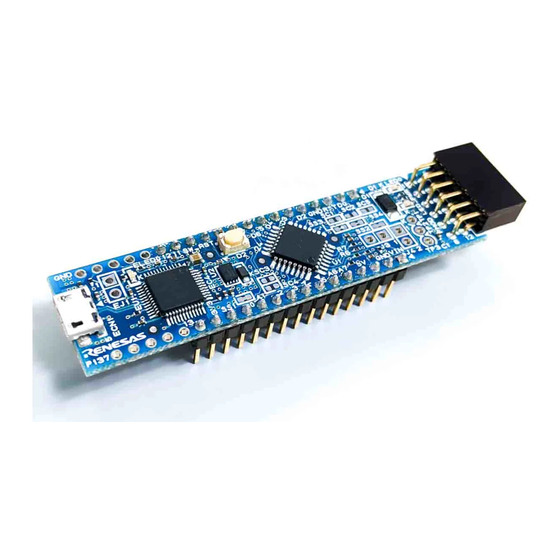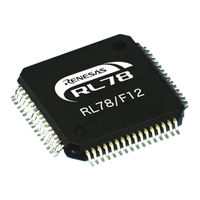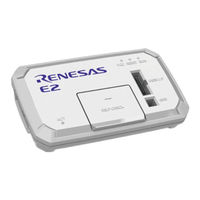
Renesas RL78/G1P Manuals
Manuals and User Guides for Renesas RL78/G1P. We have 5 Renesas RL78/G1P manuals available for free PDF download: Hardware User Manual, User Manual
Renesas RL78/G1P Hardware User Manual (770 pages)
16-Bit Single-Chip Microcontroller
Brand: Renesas
|
Category: Microcontrollers
|
Size: 7 MB
Table of Contents
Advertisement
Renesas RL78/G1P User Manual (59 pages)
Emulator
Brand: Renesas
|
Category: Computer Hardware
|
Size: 1 MB
Table of Contents
Renesas RL78/G1P User Manual (58 pages)
E1/E20/E2 Emulator, E2 Emulator Lite
Brand: Renesas
|
Category: Computer Hardware
|
Size: 0 MB
Table of Contents
Advertisement
Renesas RL78/G1P User Manual (55 pages)
Brand: Renesas
|
Category: Computer Hardware
|
Size: 0 MB
Table of Contents
Renesas RL78/G1P User Manual (27 pages)
Fast Prototyping Board 16-Bit Single-Chip Microcontrollers
Brand: Renesas
|
Category: Microcontrollers
|
Size: 0 MB




